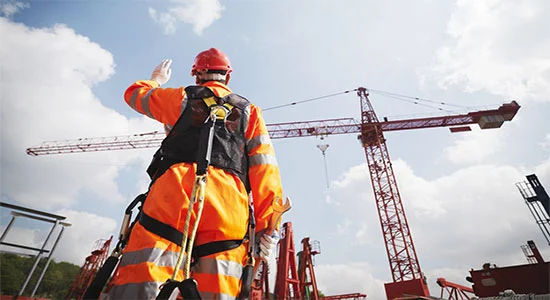Subcontractors have set the standard, become the rule at construction sites. The advantage to construction companies are plenty. There are risks factor too. On the surface, an excellent subcontractor should manage your job easily. Optionally, a substandard subcontractor can put your full project in danger. As you measure the positive and negative things of using subcontractors on the jobsite, here’s what some construction industry specialist are saying as to how you can get the most out of these relationships and alleviate risk at the same time.
1. Pre-qualification
The only risk you presume here is time loss due to inspecting an untrained subcontractor. Take the time to methodically screen who you will employee. First of all, check that whether, they are licensed or insured. Then look at experience, how he supervise in work, safety record, management, legal history and procedure on and off the jobsite.
2. Set Goals
You know how to run your project and check the quality of work you expect. Make sure subcontractors have a clear-cut sense of the work. Getting on the same page at the beginning of a project can save vital time and money when running for deadline.
3. Planning
Make sure subcontractors are do the plans for daily work schedule, material deliveries, safety talks and everything else that goes on during a construction project.
4. Communicate Often
This may look like simple, or even very apparent. But with so many moving parts, communiqué are often overlooked. Have frequent check-ins with subs to make sure their work is going on as per planned. Ask about probable issues and give feedback on work performed. Even the best subcontractor cannot solve something he doesn’t know that is broken.
5. Re-qualify
When insurance expires, the safety records change. The subcontractors might not meet the standard that has been set up at the start. The rechecking subcontractors make sure that you and your project are always in compliance.

